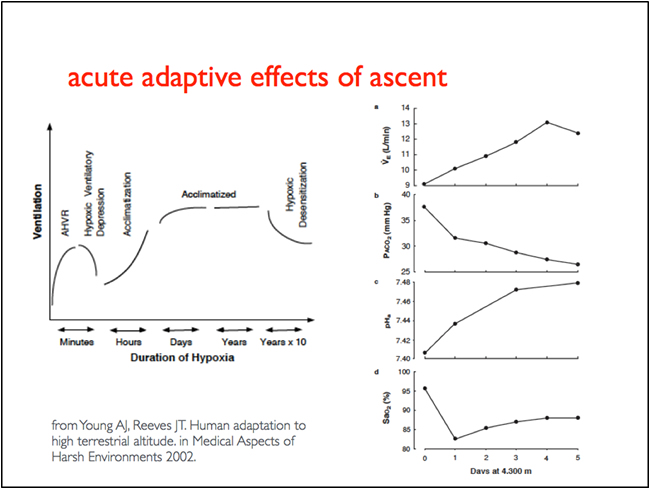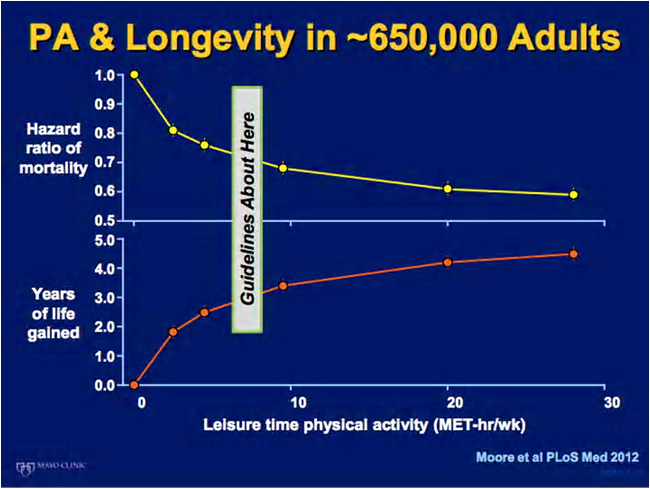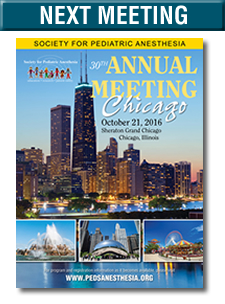Pediatric anesthesiology 2016 reviews
Session II: High and Dry in the Centennial State
Reviewed by David Polaner, MD, FAAP
Professor of Anesthesiology and Pediatrics
University of Colorado School of Medicine, the UC Altitude Research Center and Children’s Hospital Colorado
Naturally, as this year’s meeting was held in Colorado at an elevation of about 6000ft, a session on altitude and exercise physiology was included in the program. The theme of “High and Dry in the Centennial State” was introduced and moderated by Peter Davis, MD, Professor and Chair at Pittsburgh Children’s Hospital.
David Polaner, MD, FAAP (University of Colorado School of Medicine, the UC Altitude Research Center and Children’s Hospital Colorado, Aurora) began with an introduction to altitude medicine and physiology. He noted that while the impetus to study this topic might initially be thought to primarily benefit recreationalists in the mountains, there is a substantial population who live at altitude around the world, and the adaptive and maladaptive mechanisms the body employs to adjust to hypoxia are applicable to many disease states and situations that arise during anesthesia. There are several important mechanisms for adaptation to altitude (see figure 1): tachypnea and diuresis occur soon after ascent, while increased 2,3 DPG, which shifts the oxyhemoglobin dissociation curve leftward and upward, results in enhanced O2 unloading to the tissues. EPO secretion is increased, resulting in greater hemoglobin levels and O2 carrying capacity after several weeks.

Figure 1: Acute adaptive effects of ascent
High altitude illness can strike anyone who ascends too quickly, despite individual variability in susceptibility, which is partly determined by genetics. Acute Mountain Sickness (AMS) may be a mild form of high altitude cerebral edema (HACE), the full manifestations of which are life threatening and must be treated with prompt descent and dexamethasone. AMS is common and occurs in at least a quarter of lowlanders who ascend rapidly to more than 8000ft. It is characterized by headache, accompanied by lightheadedness, breathlessness, sleep disturbance, anorexia, nausea, and/or fatigue. AMS is commonly self-limited and abates in about 3-4 days, but if symptoms worsen HACE should be suspected. It can be prophylaxed in susceptible individuals with low doses of acetazolamide. High altitude pulmonary edema (HAPE) is caused by elevated PA pressures and hypoxic pulmonary vasoconstriction that is out of proportion to the degree of hypoxemia. Treatment by descent, oxygen, PEEP, beta-2 agonists and nifedipine is effective.
The topic of exercise and performance was expanded by Michael Joyner, MD (Mayo Clinic, Rochester). Dr. Joyner noted that the idea of exercise for fitness is a relatively recent phenomenon - until western civilization adopted a more sedentary lifestyle, exercise and exertion were parts of daily life, and obesity was rare. The relationship between fitness, health and physical activity has been demonstrated in many longitudinal studies (see Figure 2), and extends to improving endothelial and autonomic function and improved outcome even when otherwise unhealthy conditions (hypertension, dyslipidemias, etc.) are present. He emphasized, however, that while fitness and exercise are protective, they are not a “vaccine” that erase all other consequences of ill cardiac and vascular health.

Figure 2: Physical activity and longevity
Dr. Joyner next delved into the fascinating matter of what makes an elite athlete, and how their physiology enables performance so far above the average fit individual. These individuals have VO2max (maximal oxygen uptake) values far above the norm, as well as increased cardiac outputs and lactate threshholds, larger hearts, increased muscle blood flow, and large pulmonary diffusing capacities. Mitochondrial oxidative enzyme activity and ATP turnover is increased, resulting in greater metabolic efficiency in the muscles. These functions are trainable, and no unique genetic marker has been found to account for performance. Interval training in particular has been shown to be a highly efficient means of achieving increases in performance.





